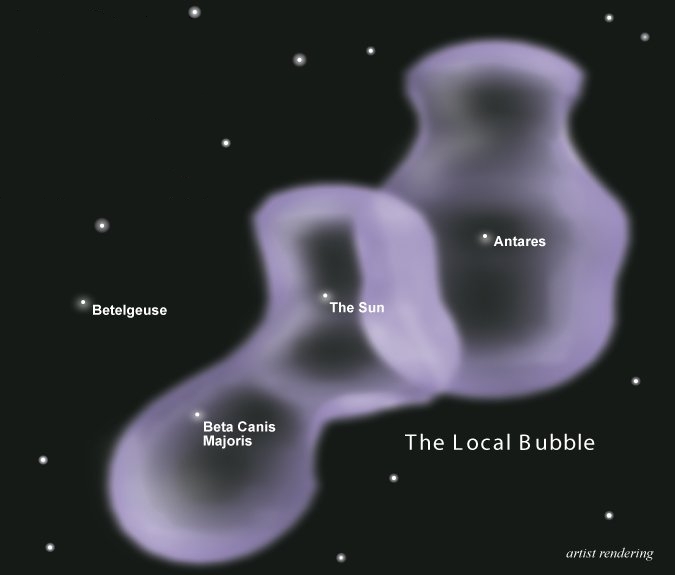Australian National University | via EurekAlert | 2016 Apr 06
A series of massive supernova explosions near our solar system showered the Earth with radioactive debris between 3.2 and 1.7 million years ago
An international team of scientists has found evidence of a series of massive supernova explosions near our solar system, which showered the Earth with radioactive debris.
The scientists found radioactive iron-60 in sediment and crust samples taken from the Pacific, Atlantic and Indian Oceans.
The iron-60 was concentrated in a period between 3.2 and 1.7 million years ago, which is relatively recent in astronomical terms, said research leader Dr Anton Wallner from The Australian National University (ANU).
"We were very surprised that there was debris clearly spread across 1.5 million years," said Dr Wallner, a nuclear physicist in the ANU Research School of Physics and Engineering. "It suggests there were a series of supernovae, one after another.
"It's an interesting coincidence that they correspond with when the Earth cooled and moved from the Pliocene into the Pleistocene period." ...
A possible source of the supernovae is an ageing star cluster, which has since moved away from Earth, independent work led by TU Berlin has proposed in a parallel publication. The cluster has no large stars left, suggesting they have already exploded as supernovae, throwing out waves of debris.
Proof that ancient supernovae zapped Earth sparks hunt for aftereffects
University of Kansas | 2016 Apr 06
Recent near-Earth supernovae probed by global deposition of interstellar radioactive 60Fe - A. Wallner et al
- Nature 532(7597):69 (07 Apr 2016) DOI: 10.1038/nature17196
- Nature 532(7597):73 (07 Apr 2016) DOI: 10.1038/nature17424


